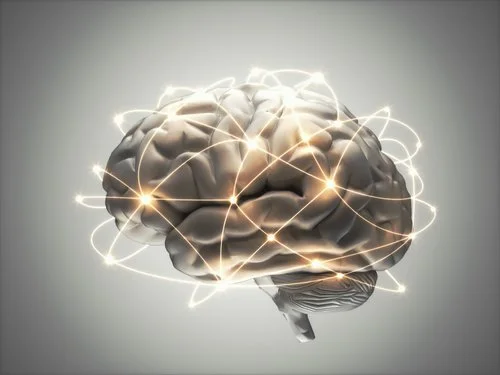
Navigating Social Media's Impact on Teen Mental Health: Back-to-School Challenges
As teens head back to school, the emotional impact of social media can become more intense—especially for those already facing mental health struggles. This blog explores the dual nature of social media for adolescents, from creative connection to cyberbullying and the pressure to maintain a perfect online image. For parents of high-risk teens, understanding the effects of Instagram, TikTok, and Snapchat on teen mental health is more important than ever. We’ll break down the signs of social media stress, including anxiety, withdrawal, and self-esteem issues, and offer practical parenting strategies to support digital wellness.
From setting healthy screen time limits to encouraging offline activities and fostering open communication, this post equips caregivers with tools to navigate social media's influence on teen emotions, identity, and behavior. Learn how to recognize signs of cyberbullying, help your teen build real-life friendships, and protect their mental health as they adjust to the pressures of a new school year.
If you're a parent looking for expert-backed advice on how to manage teen screen time, reduce social media anxiety, and promote emotional resilience in adolescents, this article is your go-to guide. Help your teen develop healthier online habits and foster deeper confidence and connection—both in school and in life.

Empathy: It's More Than Just a Buzzword
In Empathy: It’s More Than Just a Buzzword, explore the powerful role empathy plays in building trust, connection, and emotional safety—especially for high-risk adolescents. Learn how active listening, validation, vulnerability, and authentic support can transform relationships and improve mental health outcomes. Discover why empathy is a foundational skill in parenting, therapy, and adolescent care.

A Look Inside the Teenage Brain
In A Look Inside the Teenage Brain, learn why teens are wired to act impulsively, seek rewards, and struggle with self-regulation. This blog explores adolescent brain development, highlighting how the prefrontal cortex, amygdala, and limbic system affect decision-making, emotional regulation, and risky behavior. Gain insight into how to better support your teen’s growing brain with empathy and realistic expectations.

Welcoming Reality: You Can't Do It All
In Welcoming Reality: You Can’t Do It All, discover why the myth of work-life balance can lead to burnout, guilt, and unrealistic expectations for parents, especially moms. Learn how to shift from pressure to perform toward intentional living by prioritizing what matters most. Explore how embracing personal values, realistic goals, and the concept of flow can improve emotional well-being and support long-term fulfillment.

The Emotional Landscape: Understanding and Embracing Our Feelings
In The Emotional Landscape: Understanding and Embracing Our Feelings, learn how developing emotional awareness, emotional regulation, and healthy communication skills can improve mental health, strengthen relationships, and build self-worth. Explore how to navigate discomforting emotions and discover the power of emotional connection, empathy, and authenticity in everyday life.

What is Developmentally Normal?
Is your teen’s behavior developmentally normal? In What is Developmentally Normal?, learn how to recognize significant changes in mood, behavior, and performance, understand common risk and protective factors, and identify when to seek support. Explore expert insights on adolescent development, mental health concerns, and parenting strategies for early intervention and emotional well-being.